It’s a fact. People look to other consumers for purchase inspiration and recommendations. They read reviews and look at customer photos to decide if they should buy something. This is why user-generated content has such a big impact on your bottom line.
Not sure what it is or how to start using it? This post explores the user-generated content definition and shows you some of the best examples to inspire you.
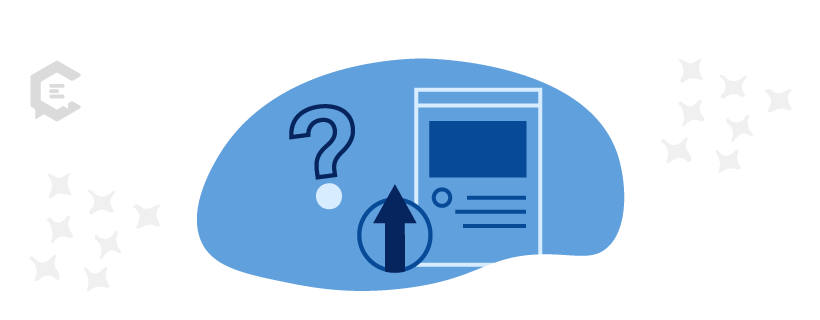
What is user-generated content?
User-generated content (UGC) refers to the content that customers create about your brand and/or its products. It could be reviews, photos, videos, comments, social media posts, forum conversations, or even blog posts. For example, someone blogging about their experience at your hotel is user-generated content. Similarly, client testimonial videos on a B2B brand’s website also fall under the scope of UGC.
Benefits of user-generated content
Why is user-generated content so important? Well, the biggest benefit of user-generated content is its authenticity. People trust content from other consumers because it’s more impartial and relatable.
In fact, a Stackla (now Nosto) survey found that UGC is responsible for improving trust and loyalty for e-commerce brands. Survey respondents consider consumer-created content to be the most authentic type of content compared to content from brands and influencers.
Additionally, it influenced the purchase decision of 79% of respondents. This makes it 6.6x more impactful than content coming from your own brand. In many cases, consumers would leave an e-commerce store entirely if it didn’t include any photos or reviews from customers.
To top it all off, UGC videos on TikTok outperform other types of ads, according to a Real Eyes study. The study found that TikTok UGC videos have a 46% higher Quality Score than conventional ads. Plus, they’re 22% better than brand videos at encoding emotion, which speaks volumes about the power of UGC on consumer emotions.
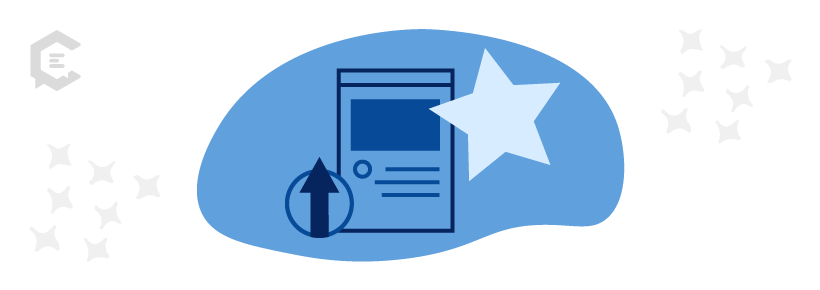
User-generated content marketing examples
When you’re building a user-generated content campaign, you may have no idea how to get started. Here are a few examples of user-generated content marketing campaigns to inspire your strategy.
1. Paintbox Nails – Shoppable UGC
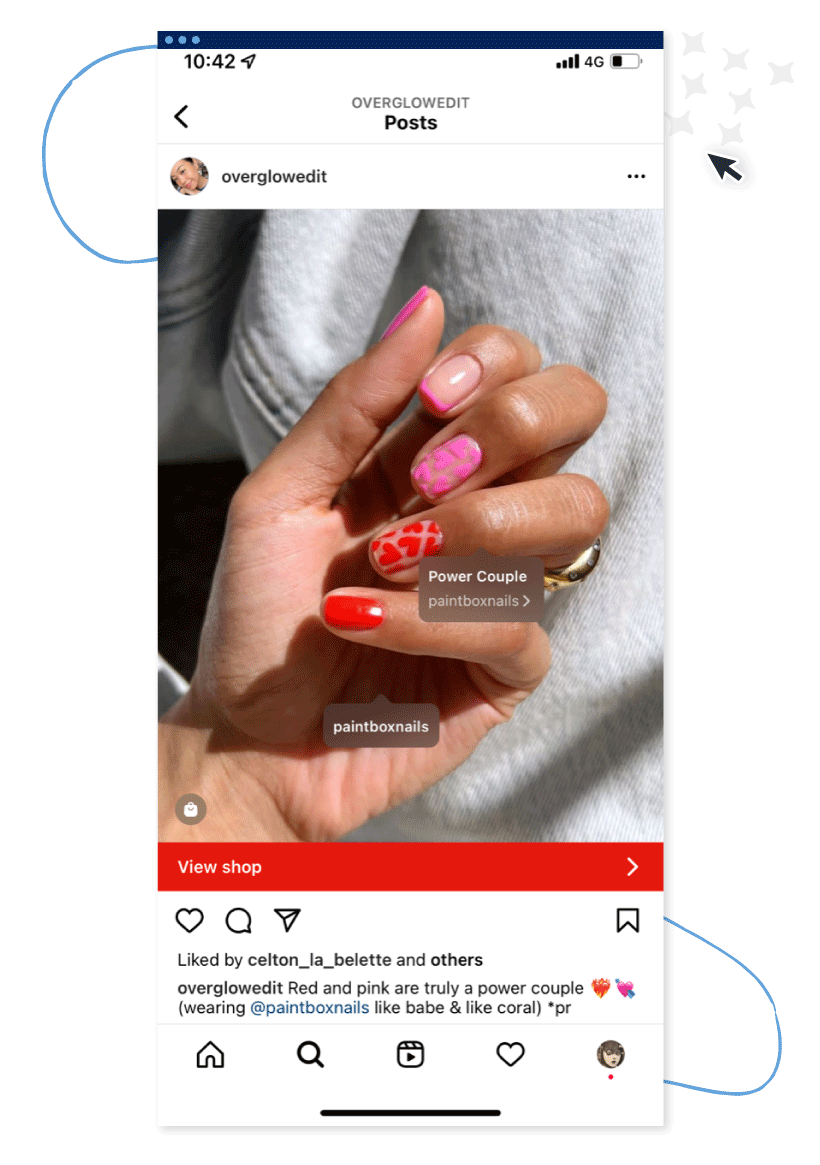
Paintbox Nails takes advantage of the Instagram Shopping feature to boost sales through shoppable user-generated content. They gave creators permission to tag the brand’s products in their posts. So, if someone wants to buy the product, they only need to tap on the product tag in the photo and make a purchase. This simplifies the buyer journey, which significantly increases the chance of conversions.
Moreover, the creator’s audience will end up discovering the brand and the quality of their products through this post. They’re also likely to show interest in buying the same products since the post is coming from someone they follow and trust.
2. Square – Customer story videos
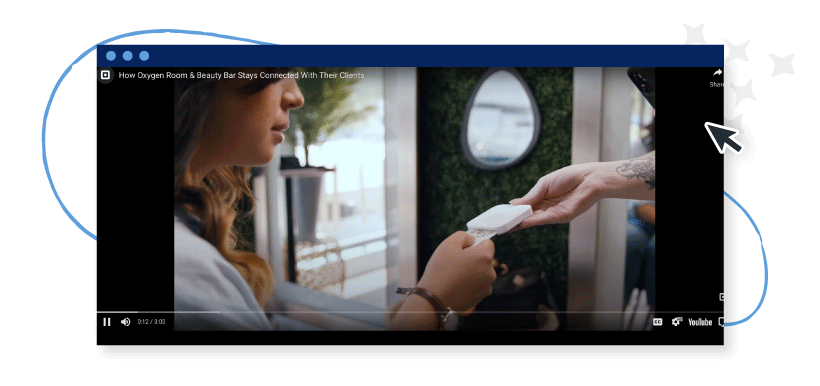
Square tells impactful customer stories using videos. Each of these videos features a real-life business owner telling the story of how they used the different solutions that Square has to offer to grow their business. This helps to demonstrate the real use case of the brand’s products and how they can address different challenges for small business owners.
By telling these authentic customer stories, Square can earn the trust of its target audience. It also allows them to get their message across much more effectively as it shows potential customers what the brand can do for them. In fact, a Wyzowl study found that two out of three people are more likely to buy something after watching testimonial videos that demonstrate how the brand’s product or service has helped someone like them.
3. Toyota – UGC ads
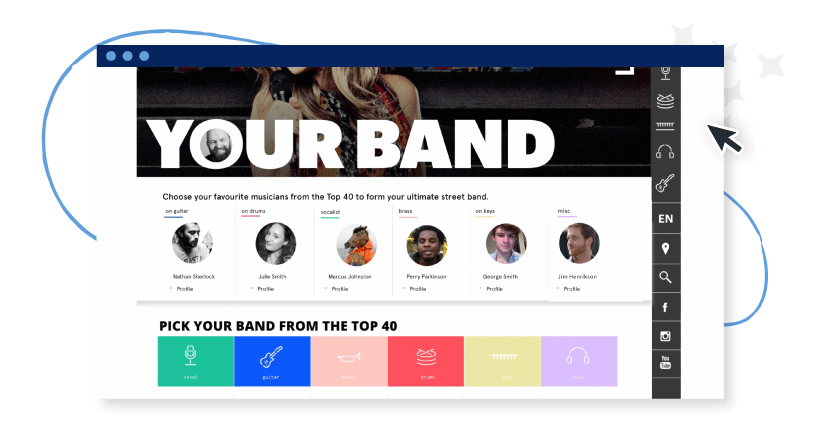
As mentioned earlier, TikTok UGC videos perform much better than brand-created videos and conventional ads, but what about other platforms? The power of user-generated content advertising seems to be universal even across other social media networks. In fact, ads based on UGC have 4x click-through rates compared to regular ads. Plus, they also have a 50% lower cost-per-click.
So, it’s no surprise that when Toyota incorporated UGC into their Facebook ad campaign, they saw a significant increase in engagement. Over a period of six weeks, the annual “Feeling the Street” campaign generated over 1.2 million engagements (likes, comments, and shares). This translated to a 440% year-over-year engagement boost while operating within the same budget.
4. Fabletics – Review spotlights
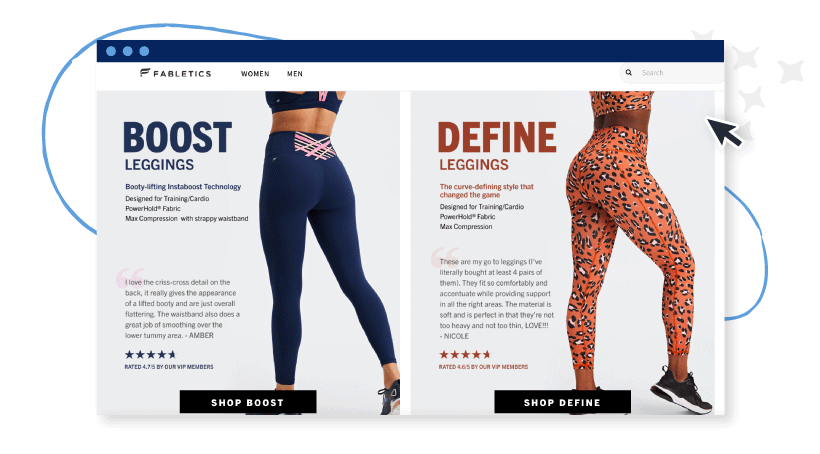
As a consumer-first brand, Fabletics does an excellent job of incorporating user-generated content into its marketing. For starters, the brand regularly shares customer photos featuring real people with real bodies sporting their athletic and athleisure wear. This allows them to shine a spotlight on the people who make their brand while gaining the trust of potential customers.
Another creative way they’re leveraging UGC is by featuring customer reviews on their homepage. They highlight a positive review about a specific product line next to an image of the product. For each product they highlight, they also include a star rating from the brand’s VIP members. This helps to add credibility and gives shoppers an idea of the quality they can expect.
5. National Geographic Travel – Curated Instagram feed
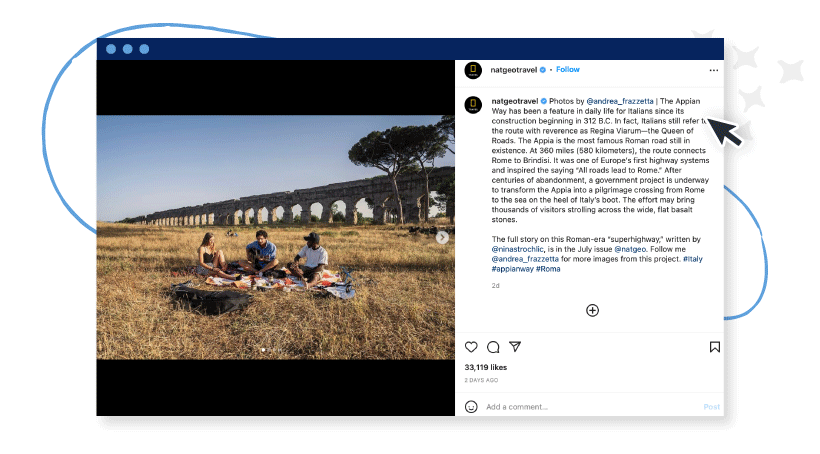
Nat Geo Travel relies heavily on user contributions to fill up their Instagram feed and drive engagement. They collect breathtaking photos of different attractions and travel destinations from around the world and credit the photographers by tagging them in the captions. This gives the photographers much-needed exposure with the brand’s 45 million+ Instagram followers.
For each image, the photographer also writes a short caption telling the story behind the photo; whether it’s a little history about the place or their experience taking the photo. This helps them spread awareness about the travel destination in the photograph while sharing their work with millions of people.
6. Cult Beauty – UGC how-to videos
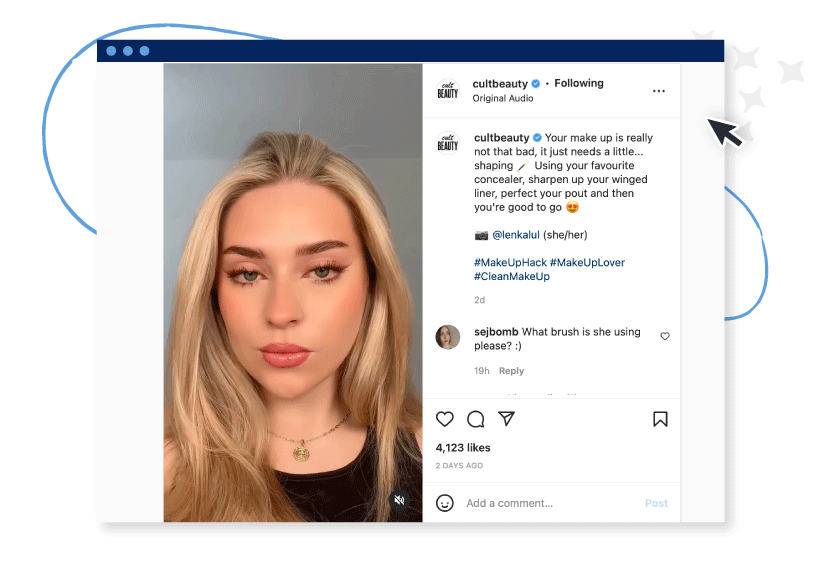
When people know exactly how your product works or how they can use it themselves, it could convince them to make a purchase. In some cases, seeing others using your product might inspire them to use it too. To take advantage of this, Cult Beauty regularly shares user-generated videos where a makeup or skincare enthusiast uses products from their store.
Many of these videos provide tips, tricks, and instructions on how to create certain looks using those products. These tend to result in a lot of purchase inspirations and inquiries as you can see in the above example where someone’s asking about the brush that the customer is using in the video.
7. Canva – #CanvaDesignChallenge
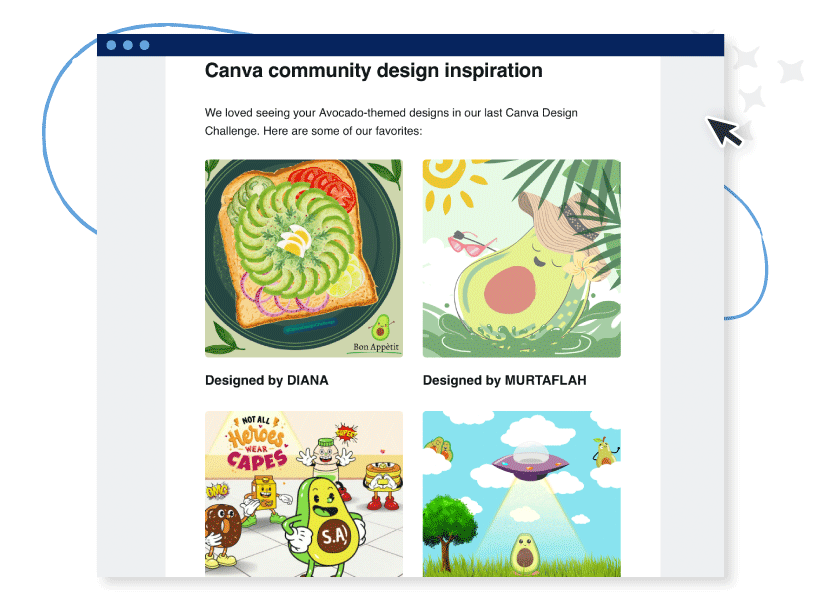
As a brand that’s big on creativity, Canva tries to engage its community by hosting weekly design challenges. Each week, the brand picks a theme and encourages users to create unique designs based on said theme. Users can enter the challenge by sharing their designs on Twitter or Instagram using the hashtag #CanvaDesignChallenge.
Canva then shares its favorite designs with its community through weekly email campaigns. Participants also stand a chance at winning a Canva prize pack. This type of user-generated content campaign is perfect for getting your community involved and encouraging them to interact more with your brand and/or its products.
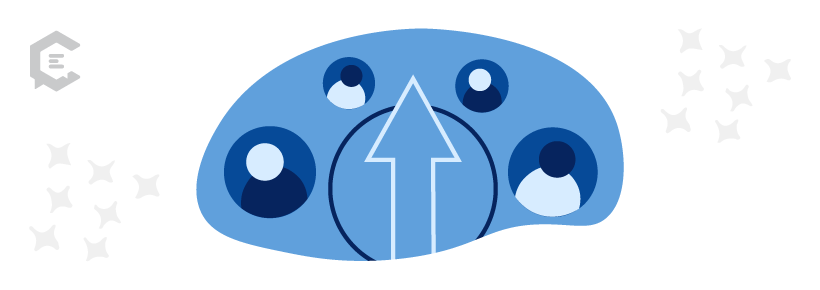
Ready to engage your community?
The right user-generated content strategy can put your brand in the spotlight and effectively engage your audience. As a result, you could end up with a strong community of loyal customers who love engaging with your brand. So, make sure you get professional help to build a powerful content strategy that incorporates UGC.



